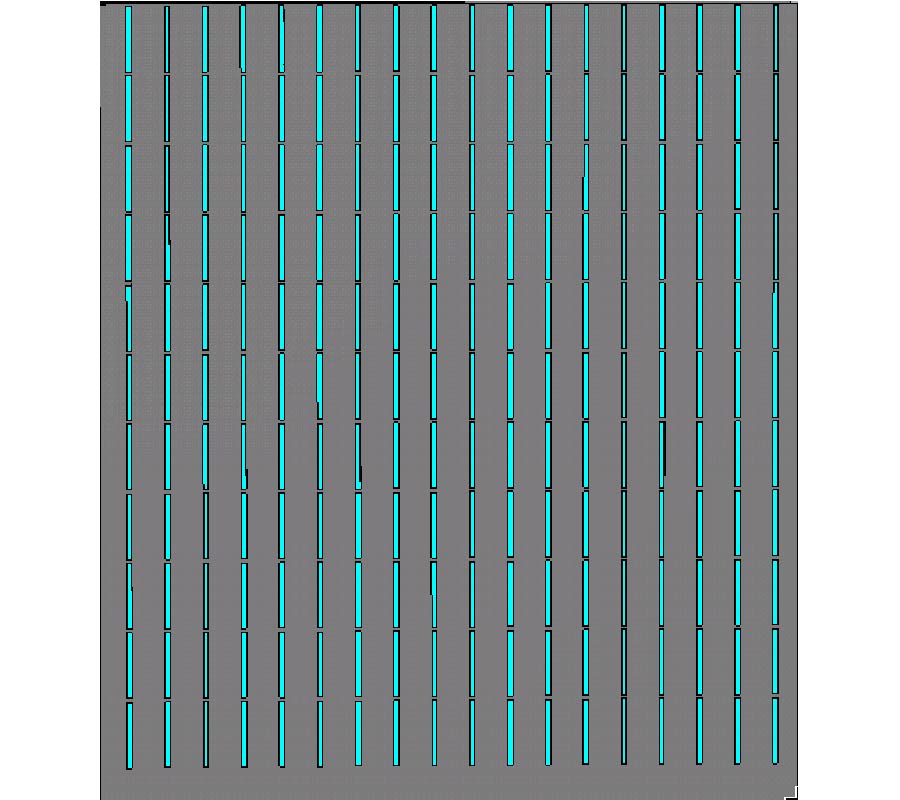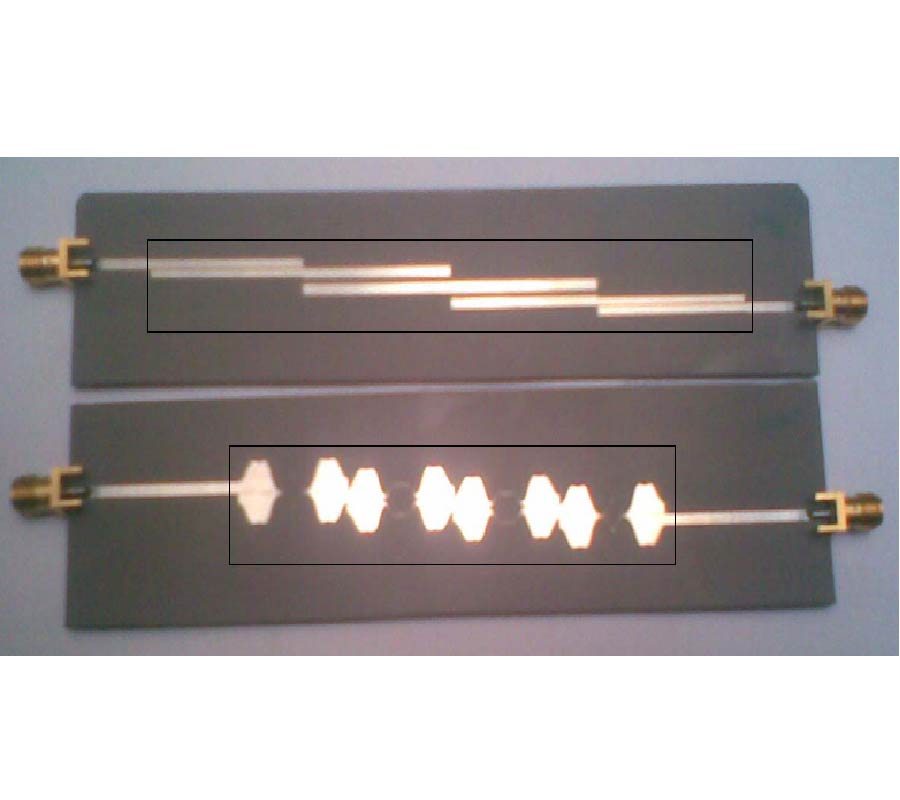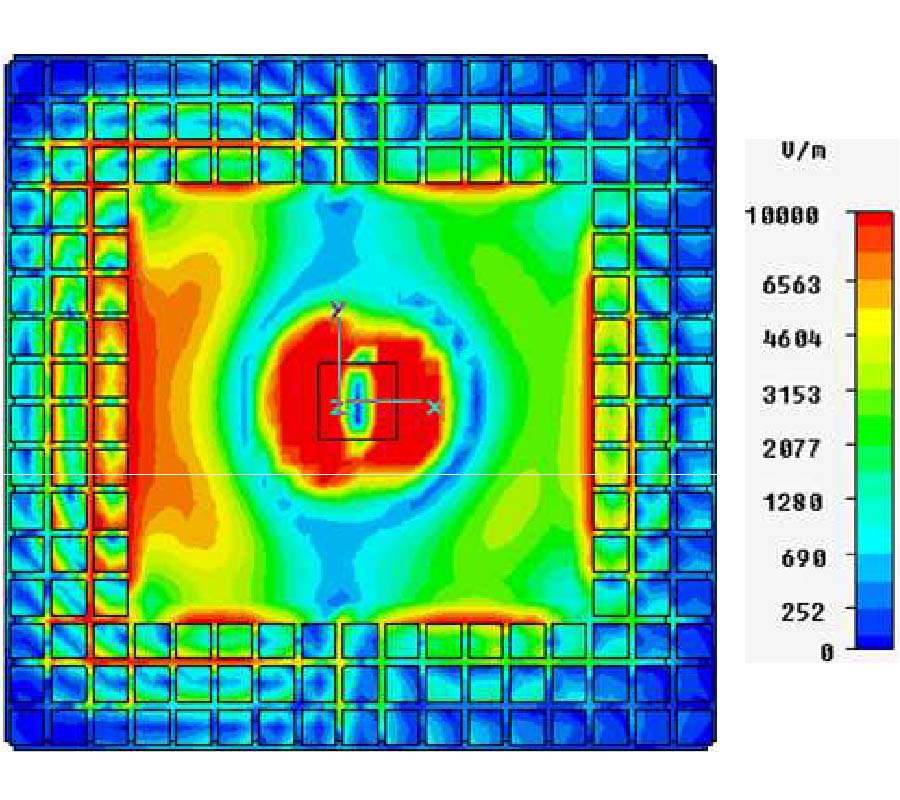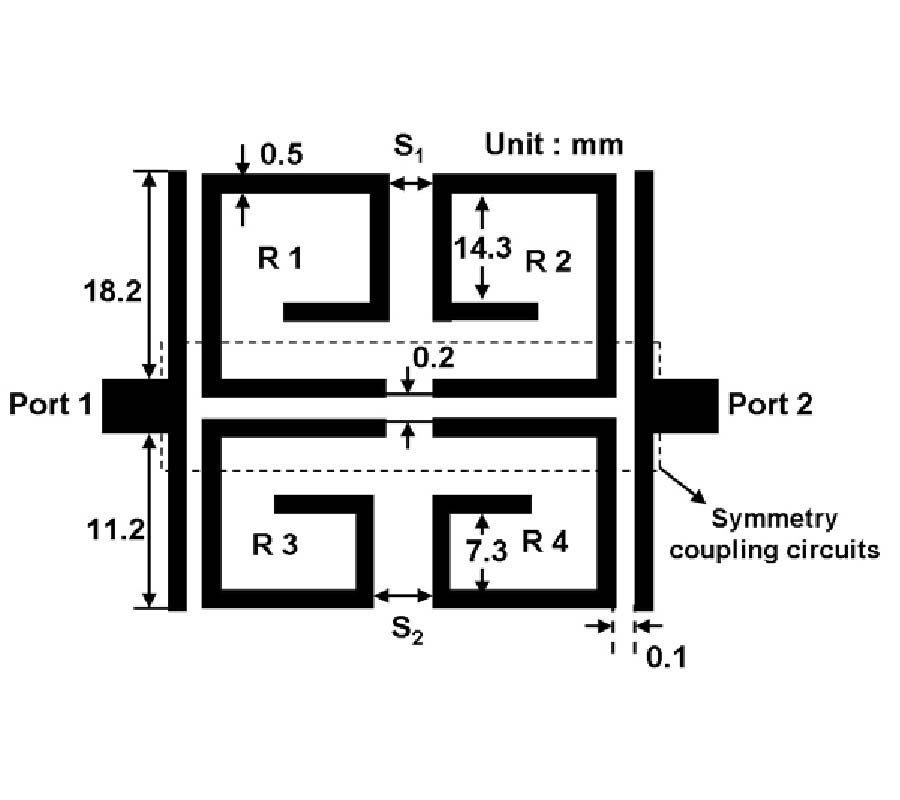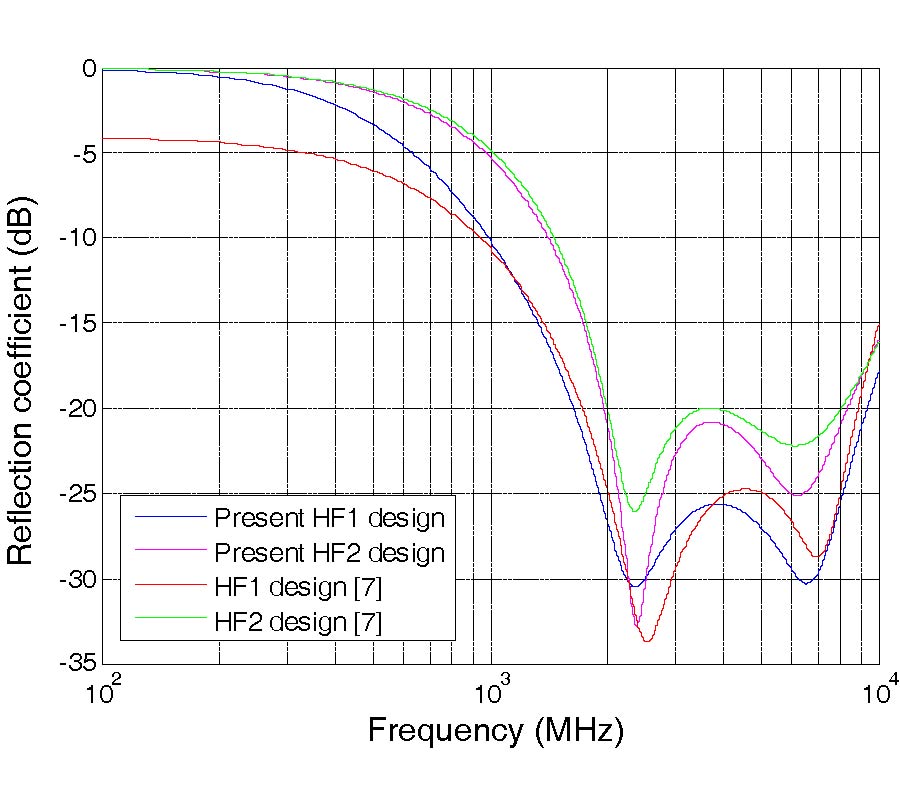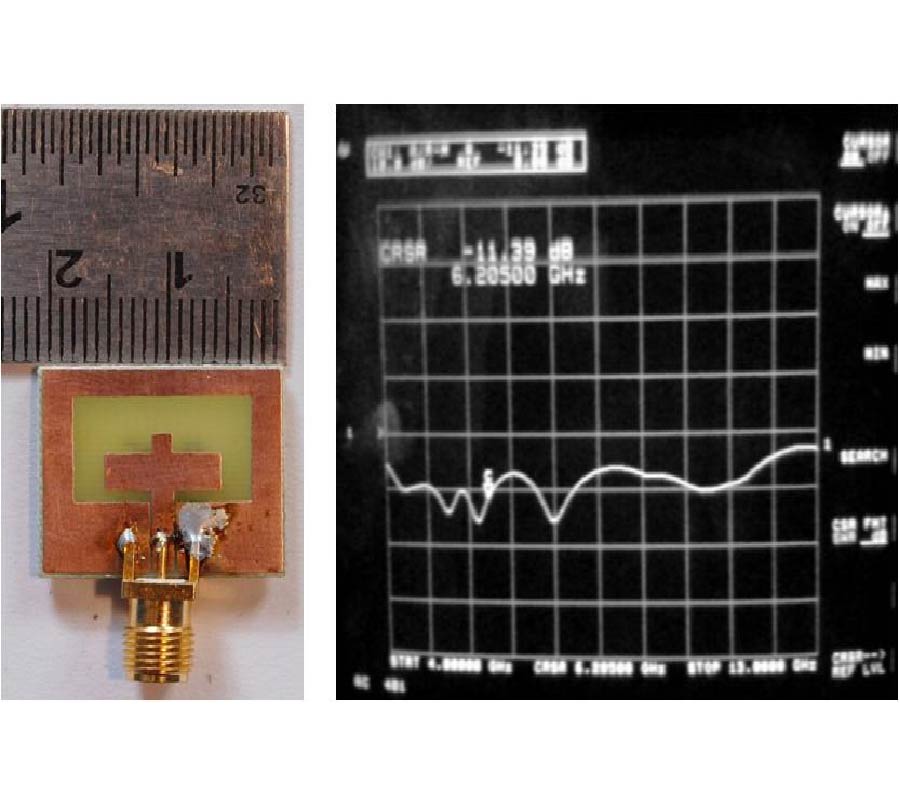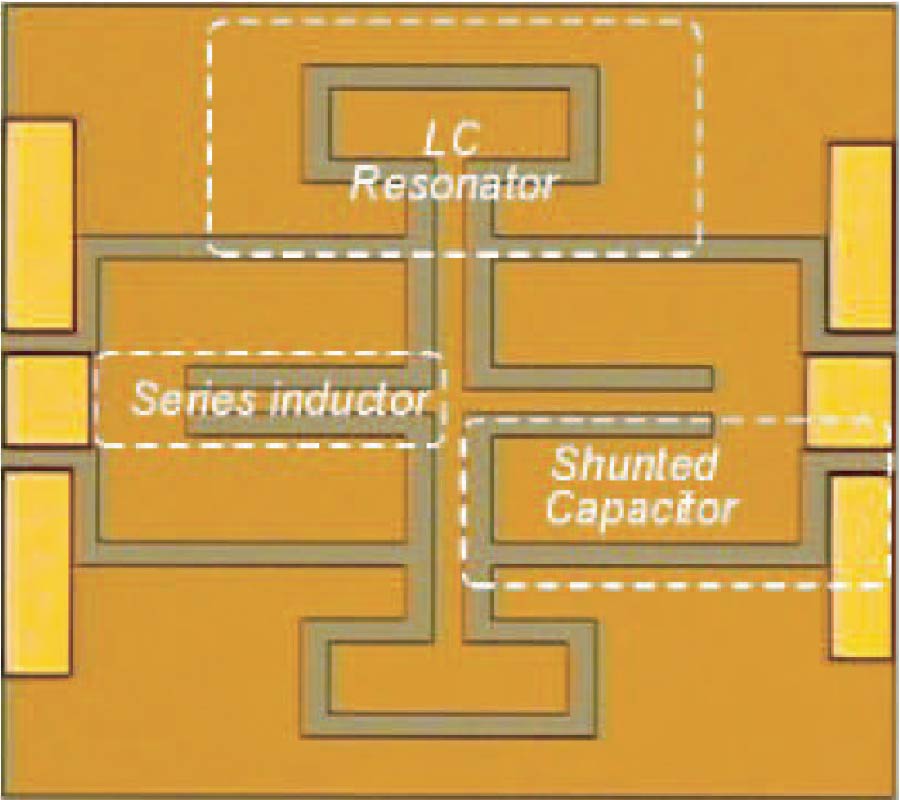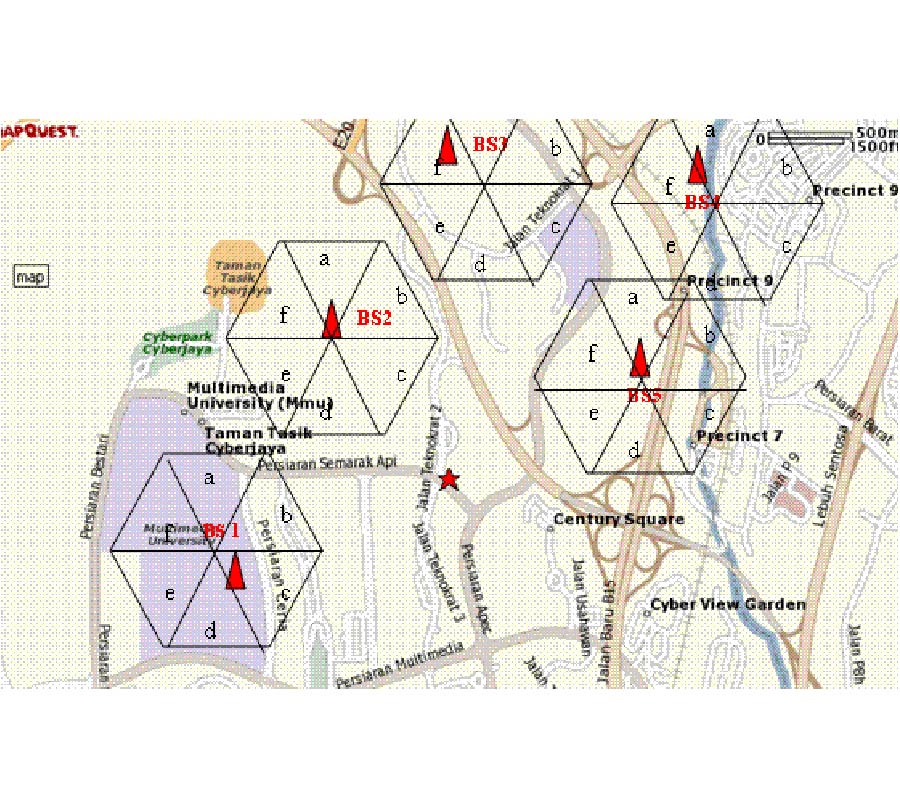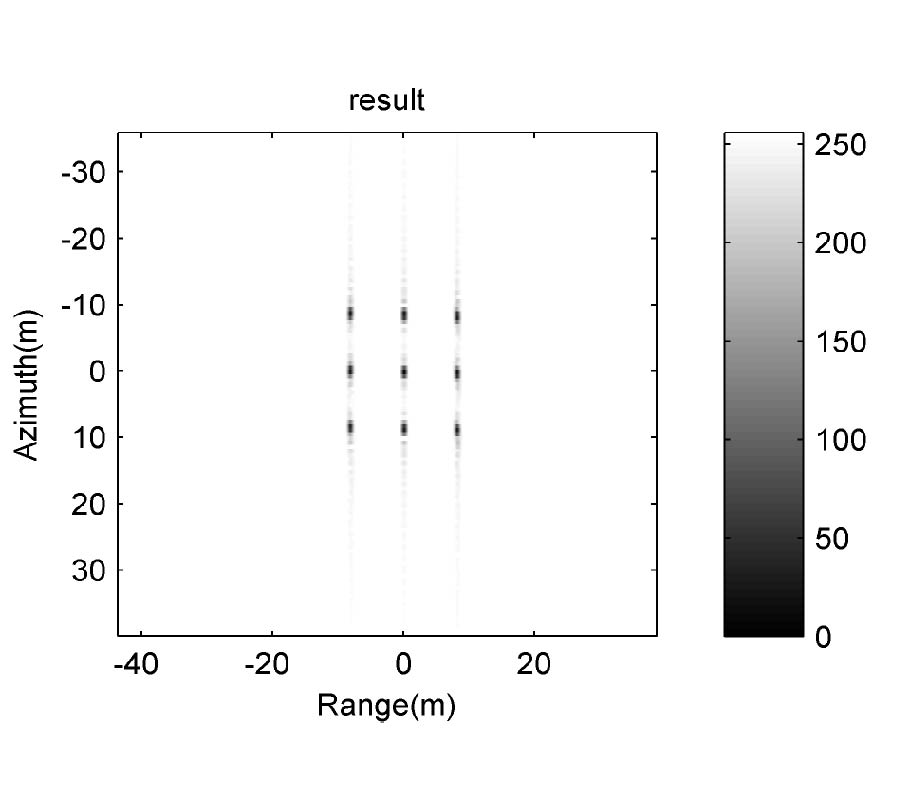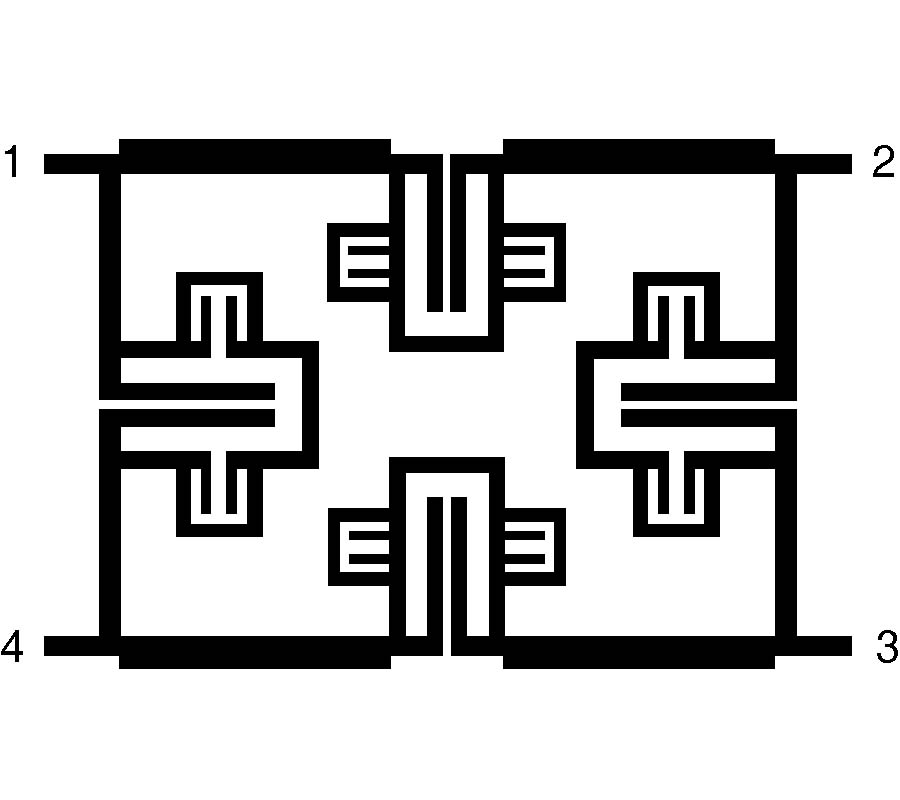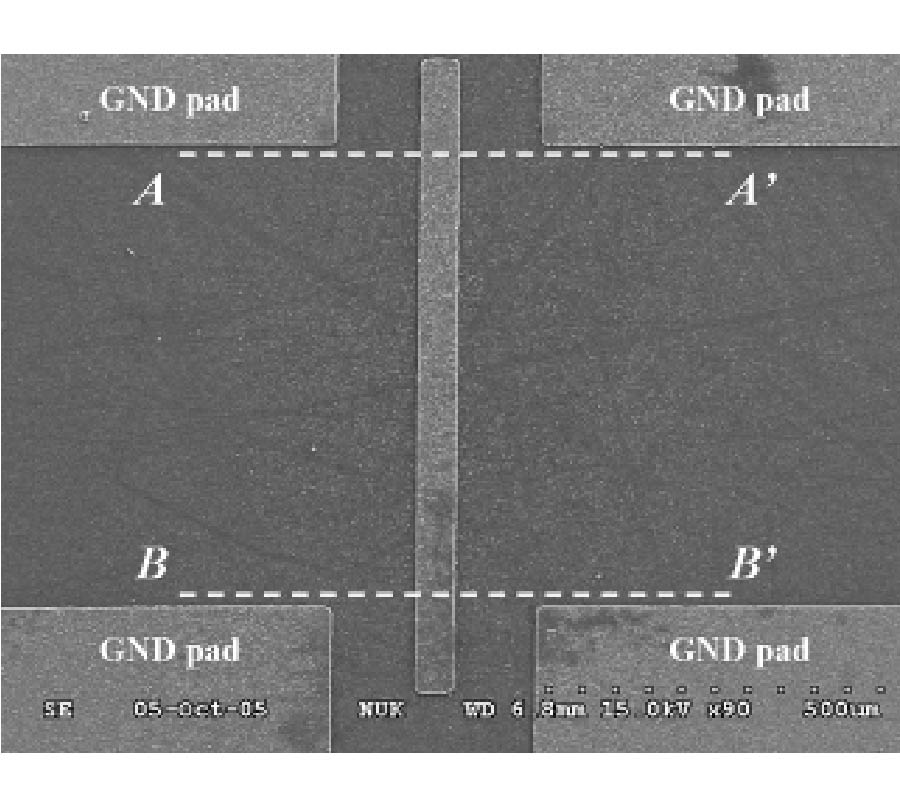A Reconfigurable Active Array Antenna System with the Frequency Reconfigurable Amplifiers Based on RF MEMS Switches
Seong-Sik Myoung
,
Jong-Gwan Yook
,
Soon Young Eom
,
Soon-Ik Jeon
,
Terence Wu
,
Rong-Lin Li
,
Kyutae Lim
,
Manos M. Tentzeris
and
Joy Laskar
In this paper, a frequency reconfigurable active array antenna (RAA) system, which can be reconfigurable at three different frequency bands, is proposed. The proposed RAA system is designed with a novel frequency reconfigurable front-end amplifiers (RFA) designed with the simple reconfigurable impedance matching circuits (RMC) with the MEMS switches. With the MEMS switch, the RFA is realized without any performance sacrifice especially linear characteristic. The proposed RMC is composed of a series transmission line and a shunt capacitor, and an arbitrary impedance can be transformed to any other impedance value with single switch control for a desired frequency band. The proposed RAA antenna system is composed of the RMC, RFA with the RMC, 2×2 array of reconfigurable antenna elements (RAE), as well as a reconfiguration control board (RCB) for MEMS switch control, and the validity of the proposed RMC, RFA, as well as RAA system, which is presented with the experimental results.
